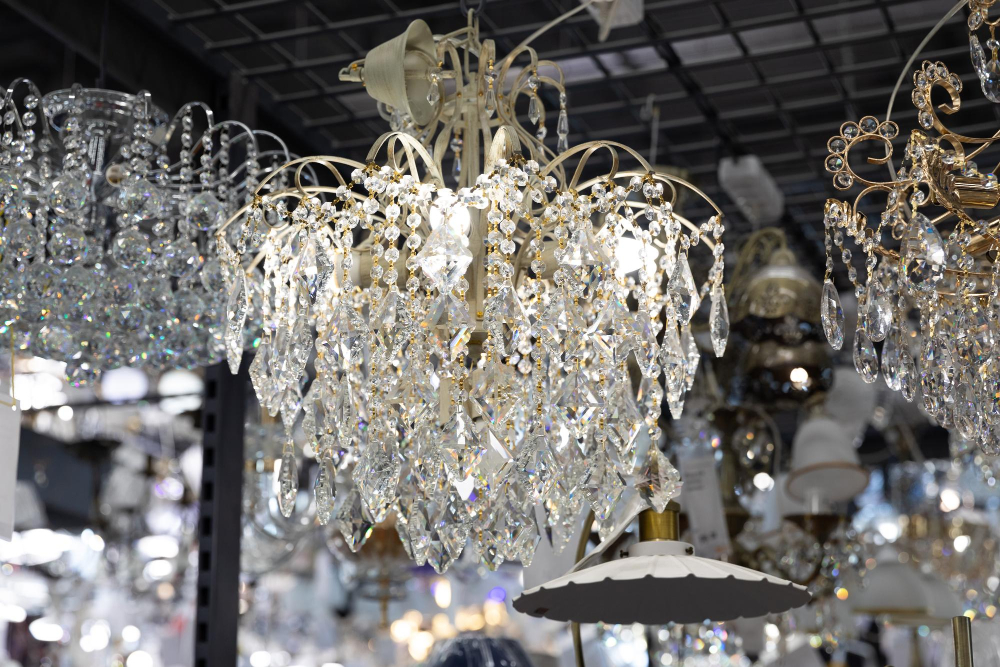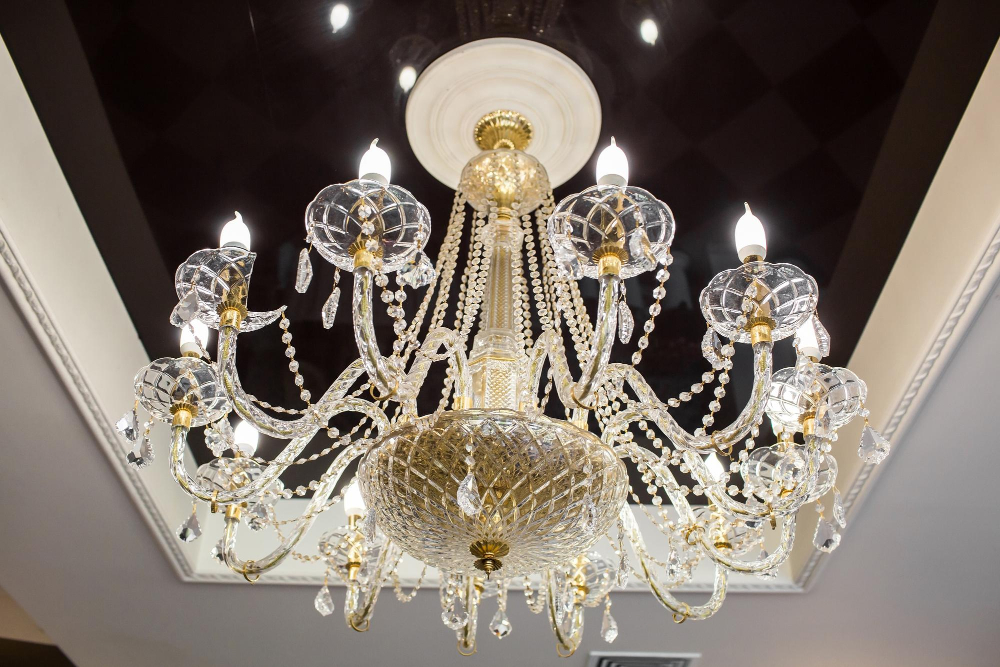Last updated on
Explore the key differences between pendant and chandelier lighting. Check their unique features, styles, and uses to help you make an informed decision for your space.
When it comes to home decor, lighting is often an overlooked element that can make a huge difference in the overall look and feel of a space. Choosing the right type of lighting can be a daunting task, especially when faced with the decision between pendant and chandelier lighting.
Both options have their own unique benefits and drawbacks, so it’s important to weigh them carefully before making a final decision. In this article, we’ll take a closer look at pendant lighting vs.
Chandelier lighting and help you determine which one is right for your home decor needs.
Key takeaways:
- Pendant lights are sleek and modern, while chandeliers are more ornate.
- Pendant lights are best for smaller spaces, chandeliers for larger rooms.
- Pendant lights provide focused light, chandeliers offer diffused light.
- Pendant lights are easier to install, chandeliers require more complex installation.
- Pendant lights are generally more energy-efficient, chandeliers require more bulbs and energy.
What's Inside
Introduction to Pendant and Chandelier Lighting

Pendant and chandelier lighting are two popular types of decorative lighting fixtures that can add a touch of elegance and sophistication to any room. Pendant lights typically hang from the ceiling by a cord, chain or rod, while chandeliers are suspended by chains or rods with multiple arms that hold light bulbs.
Both pendant and chandelier lights come in various styles, sizes, shapes and materials to suit different interior design preferences.
While both types of lighting fixtures serve the same purpose – providing illumination – they differ in terms of their design aesthetics, space requirements, light distribution patterns as well as installation processes.
Design Aesthetics: Pendants Vs. Chandeliers

Pendant lights are known for their sleek and modern look, making them a popular choice for contemporary spaces. They come in a variety of shapes and sizes, from simple single-bulb pendants to more elaborate multi-light fixtures.
On the other hand, chandeliers are often associated with traditional or formal settings due to their ornate designs featuring multiple arms adorned with crystals or glass shades. However, there are also many modern chandelier options available that feature clean lines and minimalist designs.
Ultimately, the choice between pendant lighting vs. Chandelier lighting will depend on your personal style preferences as well as the overall aesthetic of your space.
Space Requirements and Room Size

Pendant lights are ideal for smaller spaces or areas where you need focused lighting, such as over a kitchen island or dining table. They come in various sizes and shapes that can complement any decor style.
On the other hand, chandeliers are perfect for larger rooms with high ceilings like grand entryways or formal dining rooms. They provide ambient light that illuminates the entire space while adding a touch of elegance and sophistication.
It’s essential to choose fixtures that fit well within your space without overwhelming it visually. A general rule of thumb is to select pendants with diameters no more than two-thirds the width of your tabletops or islands; otherwise, they may look too small in comparison.
For chandeliers, ensure there’s enough clearance from walls and furniture so they don’t obstruct movement around them while still providing adequate illumination throughout the room.
Light Distribution and Intensity

Pendant lights typically provide more focused light, making them ideal for task-oriented spaces such as kitchens or home offices. On the other hand, chandeliers offer a more diffused light that can create a warm and inviting atmosphere in larger rooms like dining areas or living rooms.
When it comes to intensity, both pendant lights and chandeliers come in various wattages that can be adjusted according to your needs. However, since pendants are usually smaller than chandeliers, they may not be able to accommodate higher wattage bulbs which could limit their brightness potential.
Installation Process Comparison

Pendant lights are typically installed by attaching a mounting bracket to the ceiling and then wiring the fixture directly into an existing electrical box. Chandeliers, on the other hand, require more complex installation procedures due to their size and weight.
Chandeliers often need additional support structures such as chains or hooks that must be securely anchored into ceiling joists or beams. This can make installing a chandelier quite challenging for those who lack experience with electrical work or carpentry.
It’s important to note that both pendant lights and chandeliers should always be installed by a licensed electrician for safety reasons. However, if you’re looking for an easy DIY project that won’t take up too much of your time, pendant lighting may be the way to go.
Energy Efficiency Considerations

Pendant lights are generally more energy-efficient than chandeliers because they use fewer bulbs and emit less light overall. This means that you can save money on your electricity bill while still enjoying the same level of illumination in your space.
Chandeliers, on the other hand, tend to be larger and require more bulbs to achieve the desired level of brightness. While this may make them less energy-efficient than pendant lights, there are ways to mitigate their impact on your electricity usage.
For example, you can opt for LED or CFL bulbs instead of traditional incandescent ones.
Maintenance and Cleaning Differences

Pendant lights are typically smaller in size, which makes them easier to clean. You can simply wipe them down with a damp cloth or use a mild cleaner if necessary.
On the other hand, chandeliers require more effort when it comes to cleaning due to their intricate designs and multiple bulbs. They often have crystals or glass pieces that need careful handling during the cleaning process.
It’s important not only for aesthetic reasons but also for safety purposes that you keep your light fixtures clean regularly as dust accumulation can cause fire hazards over time.
Cost Analysis: Pendants Vs.Chandeliers

Pendant lighting and chandelier lighting can vary greatly in price depending on the style, size, and materials used. In general, pendant lights tend to be less expensive than chandeliers due to their smaller size and simpler design.
However, there are exceptions where high-end designer pendants can cost more than some basic chandeliers.
Chandeliers often require more intricate designs with multiple arms or tiers of lights which increases the production costs significantly compared with pendant light fixtures that usually have only one light source.
It’s important not just to consider upfront costs but also long-term expenses such as energy consumption and maintenance requirements when making your decision between these two types of lighting fixtures.
Ultimately it all depends on your budget constraints as well as personal preferences for style and functionality when choosing between pendant vs.chandelier lighting options for your space.




